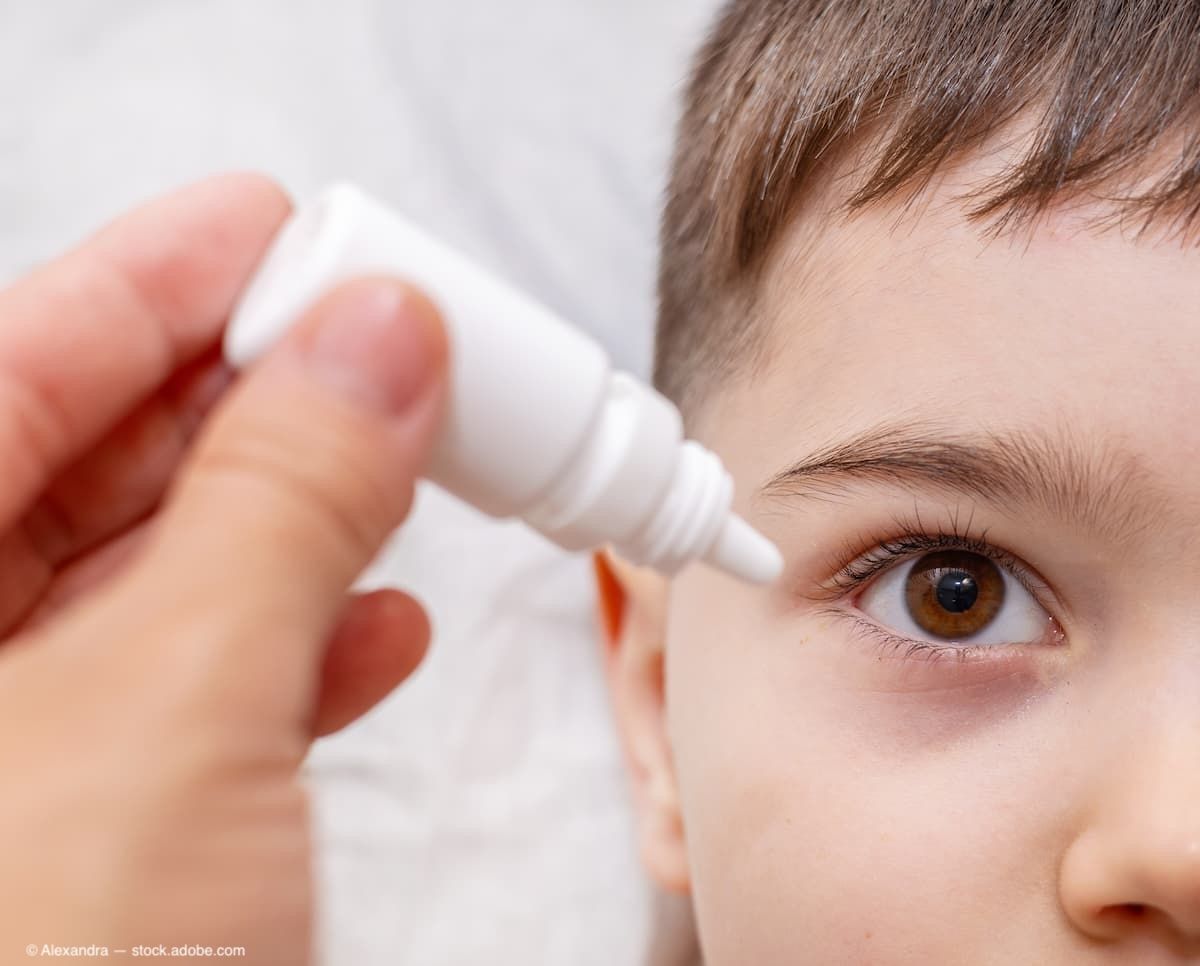Article
Diabetes, eye disease expected to increase, according to study
The number of Americans with major eye diseases is expected to increase drastically over the next several decades as more people are diagnosed with diabetes, according to a new study.
Atlanta-The number of Americans with major eye diseases is expected to increase drastically over the next several decades as more people are diagnosed with diabetes, according to a new study.
"Vision loss related to eye disease among people with diabetes is an important disability that threatens independence and can lead to depression, reduced mobility, and reduced quality of life," the study's authors wrote.
Diabetic retinopathy is the leading cause of blindness among American adults. In 2004, more than $500 million was spent on direct medical costs for diabetic retinopathy.
Diabetics are more likely to suffer from eye diseases such as cataracts and glaucoma than the general population.
Published data from the 2004 National Health Interview Survey and the U.S. Census Bureau was interpreted by researchers at the Centers for Disease Control and Prevention to estimate the number, age, sex, and race/ethnicity of Americans with diabetes that will suffer from the following eye conditions in 2050: diabetic retinopathy, vision-threatening diabetic retinopathy, glaucoma, and cataracts.
Researchers estimated that from 2005 to 2050, diabetic retinopathy cases will increase from 5.5 million to 16 million, and vision-threatening diabetic retinopathy cases will rise from 1.2 million to 3.4 million. Also, cataract cases among whites and blacks aged 40 years and more with diabetes will likely rise 235 %; cataract cases among people with diabetes who are aged 75 years and more will increase 637% for black women and 677% for black men, the researchers said. The number of glaucoma cases among Hispanics who are aged 65 years and more with diabetes is expected to increase 12-fold.
"Efforts to prevent diabetes and to optimally manage diabetes and its complications are needed," the study's authors said.
Newsletter
Don’t miss out—get Ophthalmology Times updates on the latest clinical advancements and expert interviews, straight to your inbox.




